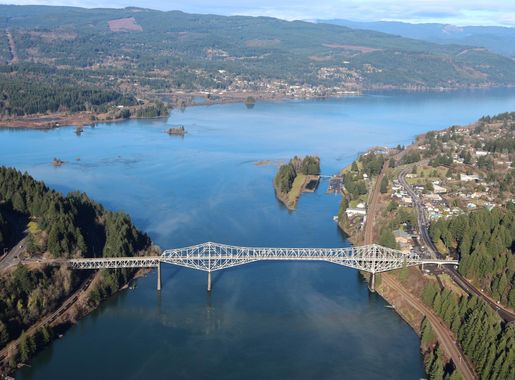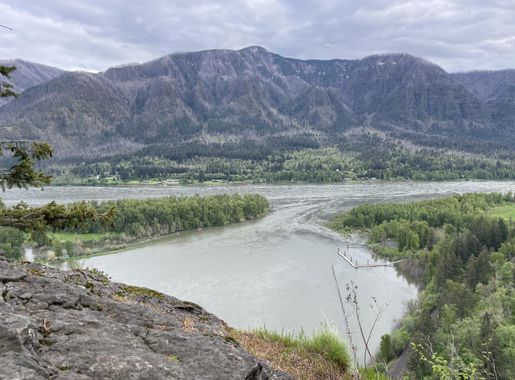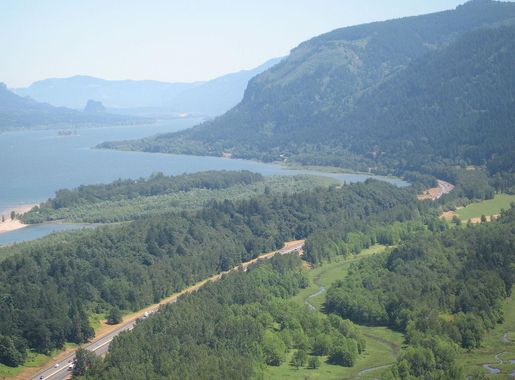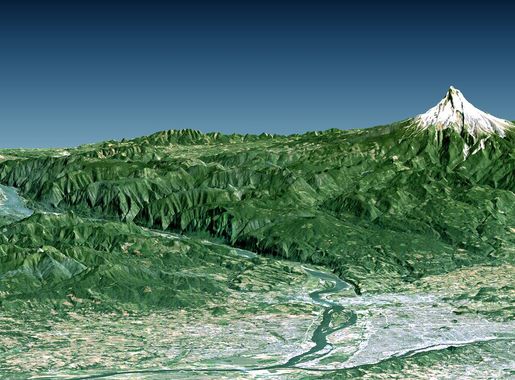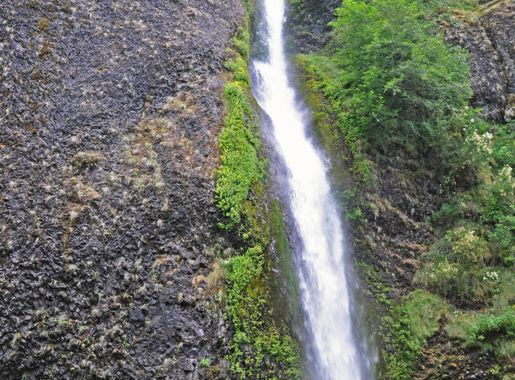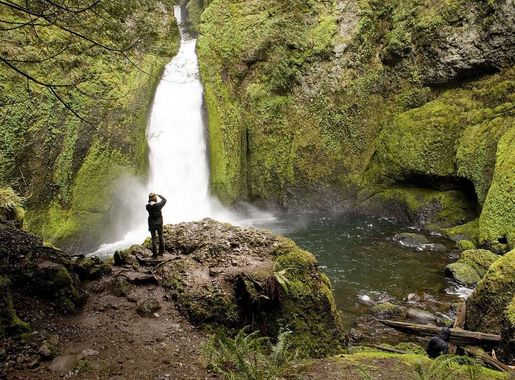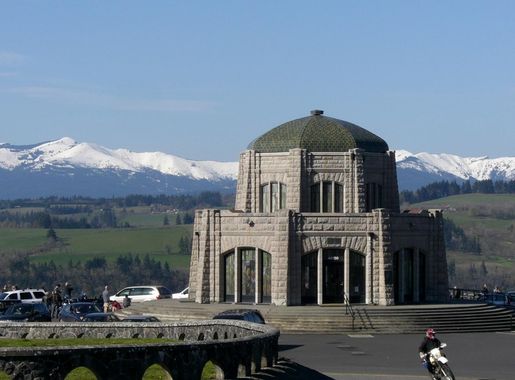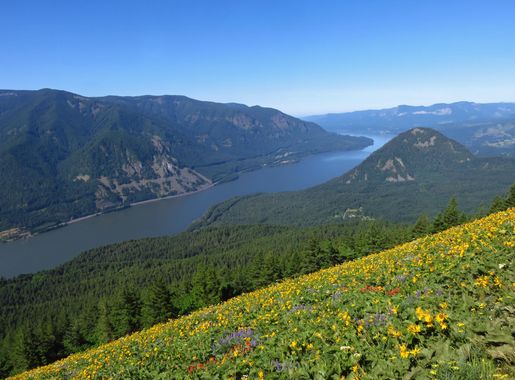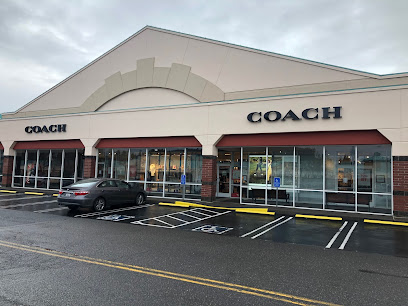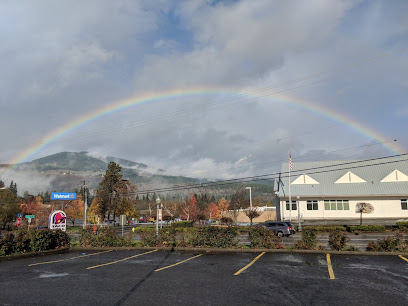
The Majestic Columbia River Gorge: Nature’s Splendor in Washington
Discover the Columbia River Gorge in Washington: A breathtaking blend of stunning landscapes, adventurous activities, and rich cultural history.
Nestled between the states of Washington and Oregon, the Columbia River Gorge is a breathtaking natural wonder that stretches over 80 miles. Renowned for its stunning cliffs, cascading waterfalls, and lush forests, this area offers an unparalleled experience for nature lovers and adventure enthusiasts alike. The Gorge is also a significant geological formation, carved by ancient floods and shaped by the mighty Columbia River, making it a fascinating destination for those interested in natural history. Visitors to the Columbia River Gorge will find a plethora of activities to enjoy. Hiking trails abound, with routes suitable for all skill levels. Some of the most popular trails lead to picturesque waterfalls, such as the iconic Multnomah Falls, which cascades down over 600 feet. In addition to hiking, the Gorge is a prime spot for windsurfing and kiteboarding, thanks to the strong winds that sweep through the area. Scenic drives along the Historic Columbia River Highway offer stunning viewpoints and access to many natural attractions. The Gorge also boasts a rich cultural history. The area is home to several Native American tribes, and visitors can learn about their heritage at local museums and cultural centers. Additionally, the region is known for its burgeoning wine industry, with numerous vineyards and wineries offering tours and tastings. Whether you’re seeking adventure, relaxation, or a bit of both, the Columbia River Gorge promises an unforgettable experience.
Local tips in Columbia River Gorge
- Visit in spring or fall for the best weather and fewer crowds.
- Wear sturdy hiking shoes; trails can be rocky and slippery.
- Bring a windbreaker for windsurfing or kiteboarding.
- Check out local wineries for a delightful wine tasting experience.
- Stop by the Columbia Gorge Discovery Center to learn about the area's natural and cultural history.
The Majestic Columbia River Gorge: Nature’s Splendor in Washington
Nestled between the states of Washington and Oregon, the Columbia River Gorge is a breathtaking natural wonder that stretches over 80 miles. Renowned for its stunning cliffs, cascading waterfalls, and lush forests, this area offers an unparalleled experience for nature lovers and adventure enthusiasts alike. The Gorge is also a significant geological formation, carved by ancient floods and shaped by the mighty Columbia River, making it a fascinating destination for those interested in natural history. Visitors to the Columbia River Gorge will find a plethora of activities to enjoy. Hiking trails abound, with routes suitable for all skill levels. Some of the most popular trails lead to picturesque waterfalls, such as the iconic Multnomah Falls, which cascades down over 600 feet. In addition to hiking, the Gorge is a prime spot for windsurfing and kiteboarding, thanks to the strong winds that sweep through the area. Scenic drives along the Historic Columbia River Highway offer stunning viewpoints and access to many natural attractions. The Gorge also boasts a rich cultural history. The area is home to several Native American tribes, and visitors can learn about their heritage at local museums and cultural centers. Additionally, the region is known for its burgeoning wine industry, with numerous vineyards and wineries offering tours and tastings. Whether you’re seeking adventure, relaxation, or a bit of both, the Columbia River Gorge promises an unforgettable experience.
When is the best time to go to Columbia River Gorge?
Unmissable attractions to see
Vista House at Crown Point
Discover breathtaking views and rich history at Vista House, a stunning landmark in Oregon's Columbia River Gorge.
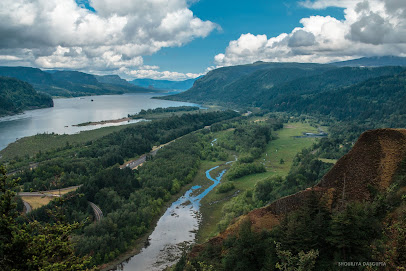
Multnomah Falls
Experience the breathtaking beauty of Multnomah Falls, Oregon's iconic waterfall, surrounded by lush landscapes and rich history.
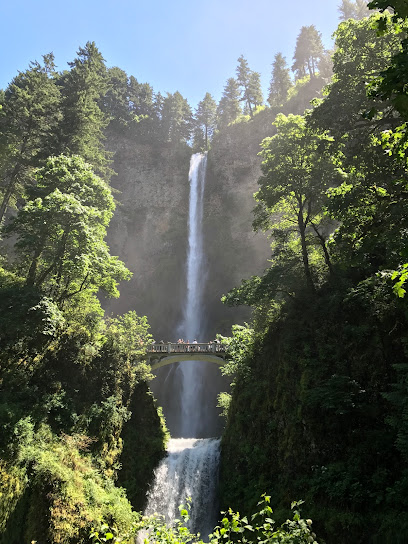
Memaloose State Park
Discover Memaloose State Park: A breathtaking destination showcasing the stunning vistas of the Columbia River Gorge and endless outdoor adventures.
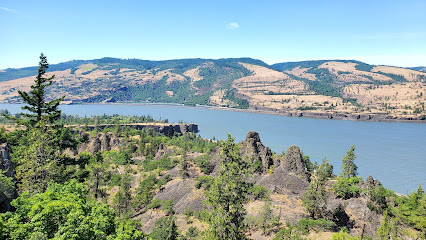
Beacon Rock State Park
Explore Beacon Rock State Park, a natural wonder in Washington, where breathtaking hikes and stunning river views await every adventurer.
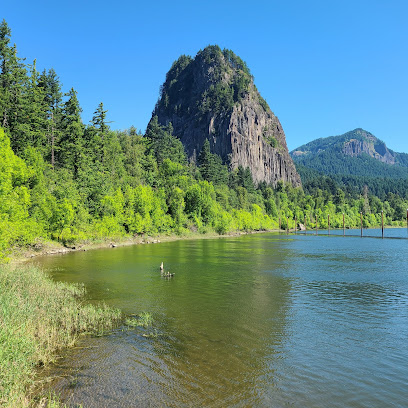
Bridal Veil Falls
Experience the serene beauty of Bridal Veil Falls, a breathtaking gem of the Columbia River Gorge, perfect for hiking and nature exploration.

Cascade Locks Marine Park
Discover the beauty of Cascade Locks Marine Park, a stunning natural oasis with breathtaking views, outdoor activities, and rich history in Oregon's Columbia River Gorge.
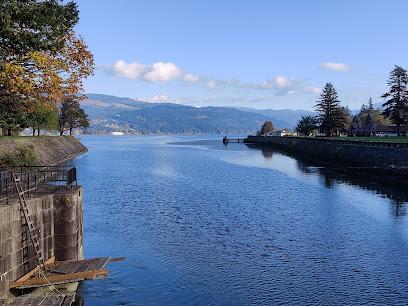
Cascade Locks Marine Park
Experience the stunning natural landscapes and outdoor adventures at Cascade Locks Marine Park, a gem in the Columbia River Gorge.

Bridge of the Gods
Discover the breathtaking Bridge of the Gods, a stunning landmark in the Columbia River Gorge, offering scenic views and rich history in Oregon.
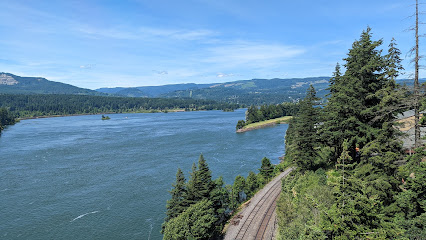
Bridal Veil Falls
Experience the breathtaking beauty of Bridal Veil Falls, a stunning waterfall in Oregon's Columbia River Gorge, perfect for hiking and nature lovers.
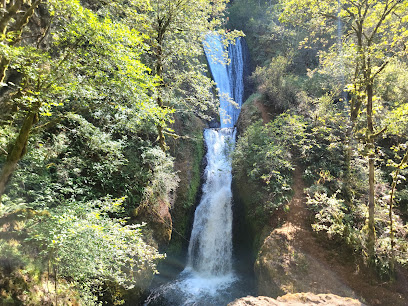
Mount Hood Railroad
Explore the breathtaking landscapes of Oregon aboard the historic Mount Hood Railroad, a unique experience filled with scenic views and rich heritage.
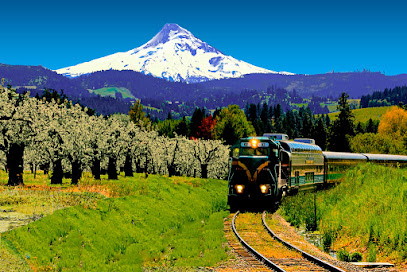
Wahkeena Falls
Experience the breathtaking beauty of Wahkeena Falls in Oregon, a perfect blend of stunning waterfalls and scenic hiking trails in the Columbia River Gorge.
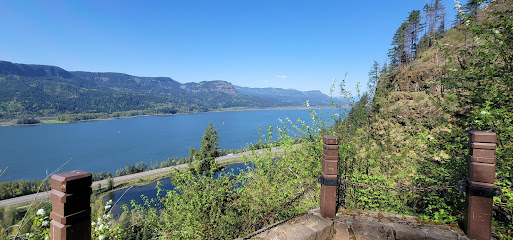
Multnomah Falls Recreation Area
Experience the breathtaking beauty of Multnomah Falls, a stunning waterfall and recreation area nestled in Oregon's Columbia River Gorge.
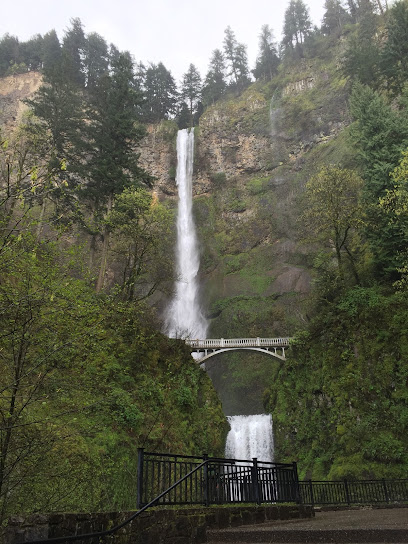
Hood River Waterfront Park
Discover Hood River Waterfront Park: a scenic city park perfect for picnics, recreation, and breathtaking river views in Oregon.
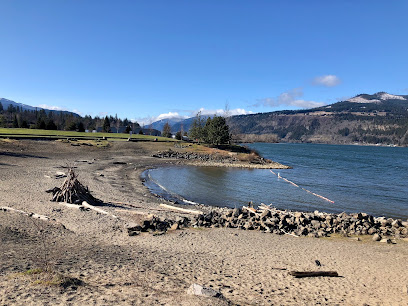
Western Antique Aeroplane and Automobile Museum (WAAAM)
Discover the rich history of vintage aviation and automobiles at the Western Antique Aeroplane and Automobile Museum in Hood River, Oregon.
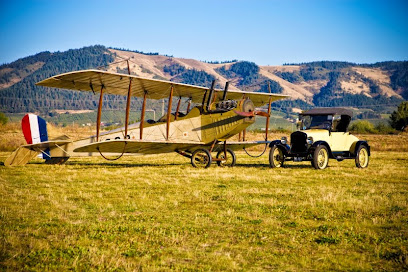
Rowena Crest Viewpoint
Experience the breathtaking views at Rowena Crest Viewpoint, a scenic gem along the Historic Columbia River Highway in Oregon.
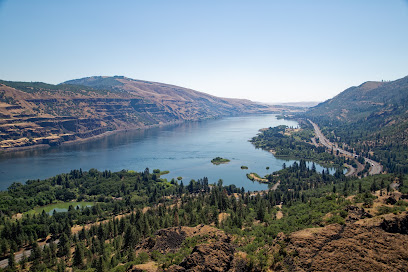
Essential places to dine
Multnomah Falls Lodge
Discover unparalleled natural beauty and exceptional dining at Multnomah Falls Lodge in Oregon's breathtaking Columbia River Gorge.
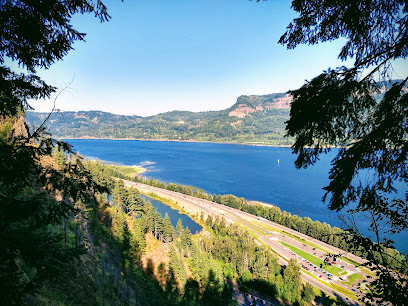
McDonald's
Enjoy delicious fast food favorites at McDonald's in Hood River, perfect for travelers seeking convenience and comfort during their adventures.
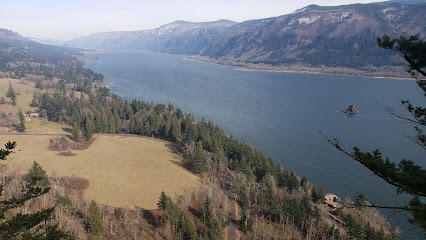
Twin Peaks Drive In
Discover delicious burgers and creamy ice cream at Twin Peaks Drive In in Hood River, Oregon – a perfect stop for food lovers!
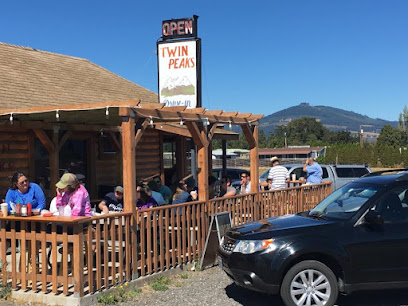
Markets, malls and hidden boutiques
Essential bars & hidden hideouts
Multnomah Falls Lodge
Experience the enchanting beauty of Multnomah Falls Lodge, a perfect blend of nature, dining, and adventure in Oregon's stunning Columbia River Gorge.
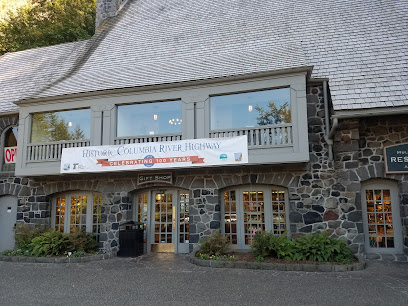
Ferment Brewing Company
Explore the vibrant flavors of craft beer and delicious cuisine at Ferment Brewing Company in Hood River, Oregon.

pFriem Family Brewers
Experience the art of craft brewing at pFriem Family Brewers in Hood River, where great taste meets breathtaking views of the Columbia River Gorge.
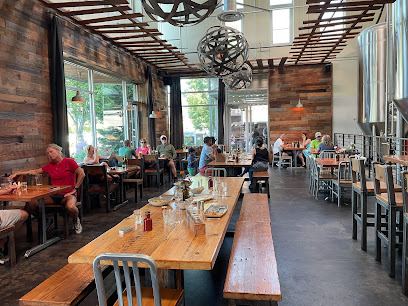
Double Mountain Brewery
Discover the perfect blend of craft beer and artisanal pizza in the heart of Hood River at Double Mountain Brewery, where flavor meets adventure.

Thunder Island Brewing Co
Discover the best of Oregon craft beer at Thunder Island Brewing Co, where stunning river views meet delicious brews and bites.
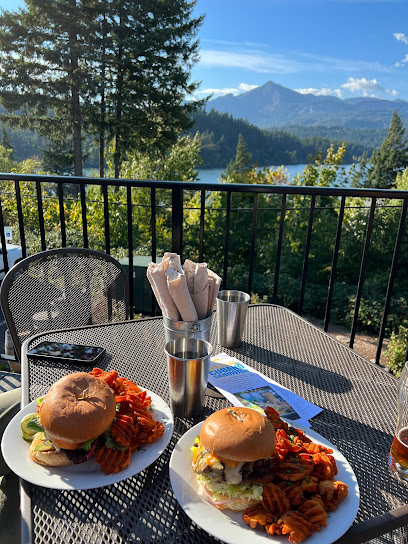
Full Sail Brewing Company
Discover the delightful craft beer and delectable dishes at Full Sail Brewing Company in Hood River, Oregon, where stunning views meet exceptional flavors.
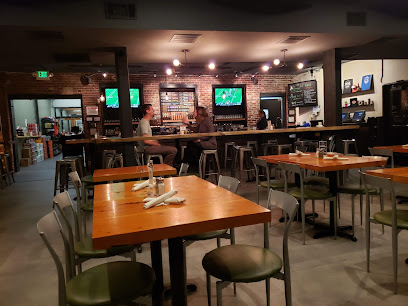
Red Bluff Tap House
Discover the flavors of Stevenson at Red Bluff Tap House – a must-visit gastropub featuring local cuisine and a vibrant craft beer selection.

Everybody's Brewing
Discover Everybody's Brewing in White Salmon, where craft beer meets delicious food in a stunning setting with views of Mount Hood.
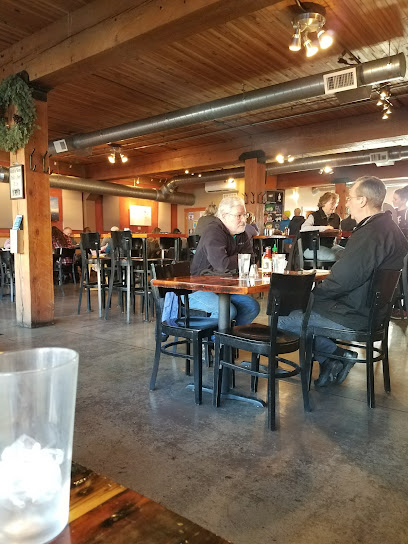
Cascade Locks Ale House
Discover the Cascade Locks Ale House, where local brews meet stunning views in the heart of the Columbia River Gorge.
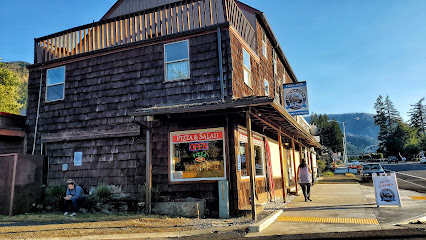
Walking Man Brewing
Experience the best of craft beer and delicious pizza at Walking Man Brewing in Stevenson, WA, a must-visit for culinary enthusiasts.
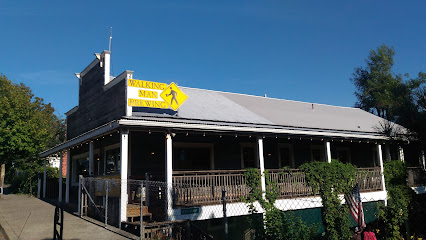
Tilly Jane's Sports Bar & Grill
Experience the best of Hood River dining at Tilly Jane's Sports Bar & Grill, where delicious food and a vibrant atmosphere await you!
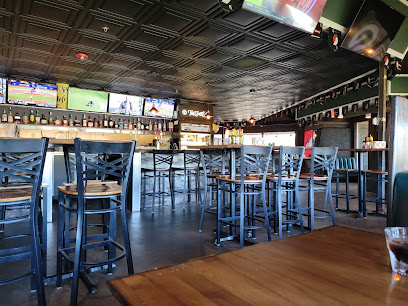
Trillium Café
Discover the perfect blend of café charm and bar delights at Trillium Café in Hood River, where every meal celebrates local flavors.
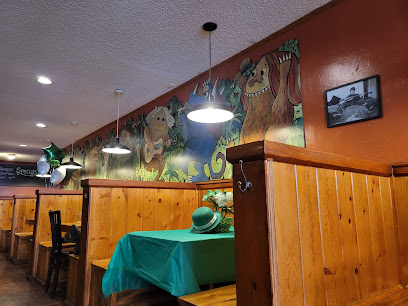
Celilo Restaurant & Bar
Experience the best of Pacific Northwest cuisine at Celilo Restaurant & Bar, where local flavors meet fine dining in a stunning setting.
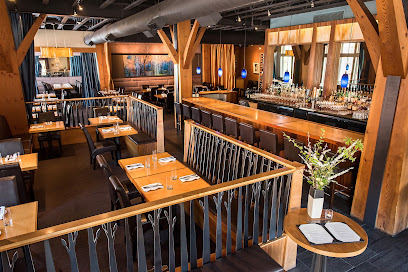
Gorges Beer Co.
Discover the best of Cascade Locks at Gorges Beer Co., where exquisite craft beers meet delicious local cuisine in a stunning riverside setting.
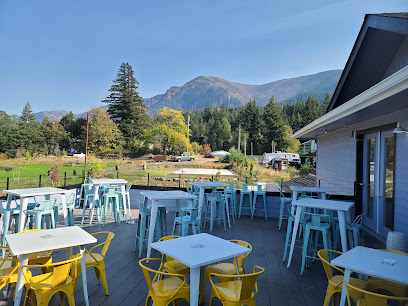
Whiskey Tango
Experience the vibrant cocktail culture at Whiskey Tango, Hood River's premier bar for handcrafted drinks and lively entertainment.
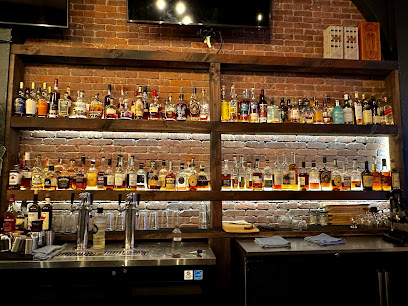
Local Phrases about Columbia River Gorge
-
- HelloHola
[oh-lah] - GoodbyeAdiós
[ah-dee-ohs] - YesSí
[see] - NoNo
[noh] - Please/You're welcomePor favor/De nada
[por fah-vor/deh nah-dah] - Thank youGracias
[grah-see-ahs] - Excuse me/SorryPerdón/Lo siento
[pehr-dohn/loh see-ehn-toh] - How are you?¿Cómo estás?
[koh-moh ehs-tahs] - Fine. And you?Bien. ¿Y tú?
[byehn. ee too] - Do you speak English?¿Hablas inglés?
[ah-blahs een-glehs] - I don't understandNo entiendo
[noh ehn-tee-ehn-doh]
- HelloHola
-
- I'd like to see the menu, pleaseMe gustaría ver el menú, por favor
[meh goo-stah-ree-ah behr ehl meh-noo, por fah-vor] - I don't eat meatNo como carne
[noh koh-moh kahr-neh] - Cheers!¡Salud!
[sah-loohd] - I would like to pay, pleaseMe gustaría pagar, por favor
[meh goo-stah-ree-ah pah-gahr, por fah-vor]
- I'd like to see the menu, pleaseMe gustaría ver el menú, por favor
-
- Help!¡Ayuda!
[ah-yoo-dah] - Go away!¡Vete!
[veh-teh] - Call the Police!¡Llama a la Policía!
[yah-mah ah lah poh-lee-see-ah] - Call a doctor!¡Llama a un doctor!
[yah-mah ah oon dohk-tohr] - I'm lostEstoy perdido
[ehs-toy pehr-dee-doh] - I'm illEstoy enfermo
[ehs-toy ehn-fehr-moh]
- Help!¡Ayuda!
-
- I'd like to buy...Me gustaría comprar...
[meh goo-stah-ree-ah kohm-prahr] - I'm just lookingSolo estoy mirando
[soh-loh ehs-toy meer-ahn-doh] - How much is it?¿Cuánto cuesta?
[kwan-toh kwehs-tah] - That's too expensiveEsto es demasiado caro
[ehs-toh ehs deh-mah-syah-doh kah-roh] - Can you lower the price?¿Puedes bajar el precio?
[pweh-dehs bah-har ehl pree-syoh]
- I'd like to buy...Me gustaría comprar...
-
- What time is it?¿Qué hora es?
[keh oh-rah ehs] - It's one o'clockEs la una en punto
[ehs lah oo-nah ehn poon-toh] - Half past (10)Media hora (10)
[meh-dyah oh-rah (diez)] - MorningMañana
[mah-nyah-nah] - AfternoonTarde
[tahr-deh] - EveningNoche
[noh-cheh] - YesterdayAyer
[ah-yehr] - TodayHoy
[oy] - TomorrowMañana
[mah-nyah-nah] - 1Uno
[oo-noh] - 2Dos
[dohs] - 3Tres
[trehs] - 4Cuatro
[kwah-troh] - 5Cinco
[seen-koh] - 6Seis
[says] - 7Siete
[syeh-teh] - 8Ocho
[oh-choh] - 9Nueve
[nweh-veh] - 10Diez
[dyehs]
- What time is it?¿Qué hora es?
-
- Where's a/the...?¿Dónde está un/el...?
[dohn-deh ehs-tah oon/ehl] - What's the address?¿Cuál es la dirección?
[kwal ehs lah dee-rehk-syohn] - Can you show me (on the map)?¿Me puedes mostrar (en el mapa)?
[meh pweh-dehs mohs-trahr (ehn ehl mah-pah)] - When's the next (bus)?¿Cuándo es el próximo (autobús)?
[kwan-doh ehs ehl proh-ksy-moh (ow-toh-booos)] - A ticket (to ....)Un boleto (para ....)
[oon boh-leh-toh (pah-rah)]
- Where's a/the...?¿Dónde está un/el...?
History of Columbia River Gorge
-
The Columbia River Gorge was formed over millions of years through volcanic activity, tectonic shifts, and the relentless power of water erosion. One of the most significant events in its formation was the Missoula Floods, occurring around 15,000 to 13,000 years ago. These cataclysmic floods carved out the dramatic landscapes we see today, shaping the cliffs, waterfalls, and fertile valleys.
-
Long before European explorers arrived, the Columbia River Gorge was home to several Native American tribes, including the Chinook, Klickitat, and Yakama. These tribes thrived on the region's abundant resources, engaging in fishing, hunting, and trading. The river was a crucial lifeline, providing salmon and other fish, which were central to their diet and culture. Petroglyphs and ancient settlements still bear witness to their rich heritage.
-
In 1805, the Lewis and Clark Expedition passed through the Columbia River Gorge on their journey to the Pacific Ocean. The explorers documented their experiences, marveling at the natural beauty and the complex networks of Native American trade. Their journals provide a valuable historical account of the region during this period of early American exploration.
-
During the mid-19th century, the Columbia River Gorge served as a critical segment of the Oregon Trail. Thousands of pioneers traversed the rugged terrain in search of new opportunities in the Pacific Northwest. The Barlow Road, an alternative to the perilous river route, allowed settlers to bypass the treacherous Columbia River rapids, though it presented its own challenges.
-
Completed in 1922, the Columbia River Highway was one of the first scenic highways in the United States. Its construction marked a significant engineering achievement, blending modern infrastructure with the natural landscape. The highway allowed for easier access to the gorge's breathtaking vistas, waterfalls, and trails, making it a popular destination for tourists and nature enthusiasts.
-
In the 1930s, as part of President Franklin D. Roosevelt's New Deal, the Bonneville Dam was constructed on the Columbia River. This massive public works project provided much-needed jobs during the Great Depression and generated hydroelectric power, which spurred economic growth in the region. The dam also played a pivotal role in improving navigation along the river and supporting irrigation for agriculture.
-
In the latter half of the 20th century, efforts to preserve the natural beauty of the Columbia River Gorge gained momentum. The establishment of the Columbia River Gorge National Scenic Area in 1986 ensured the protection of its unique ecosystems and cultural heritage. Today, the gorge is a haven for outdoor activities such as hiking, windsurfing, and bird watching, attracting visitors from around the world.
Columbia River Gorge Essentials
-
The Columbia River Gorge is easily accessible from several major cities in the Pacific Northwest. The nearest major airport is Portland International Airport (PDX) in Oregon, about 60 miles west of the Gorge. From the airport, you can rent a car or take a shuttle service to reach the Gorge. Alternatively, Amtrak offers train services to nearby stations such as Bingen-White Salmon and Wishram, which provide access to the Gorge.
-
While having a car provides the most flexibility for exploring the Columbia River Gorge, there are several other transportation options available. The Columbia Area Transit (CAT) provides bus services between Hood River and Portland, with stops at popular trailheads. For a more scenic experience, consider renting a bike from one of the local shops and riding along the Historic Columbia River Highway State Trail. Taxis and rideshare services like Uber and Lyft are also available in some parts of the Gorge.
-
The official currency in the United States is the US Dollar (USD). Credit and debit cards are widely accepted throughout the Columbia River Gorge, including in restaurants, shops, and hotels. It is still advisable to carry some cash, especially when planning to visit smaller towns or rural areas where card acceptance may be limited. ATMs are available in larger towns such as Hood River and Stevenson.
-
The Columbia River Gorge is generally a safe destination for tourists. However, as with any tourist destination, it's important to remain vigilant. Avoid isolated areas after dark and always keep an eye on your personal belongings. While there are no specific high-crime areas targeting tourists, it's best to stay in well-traveled and well-lit areas. Always lock your vehicle and avoid leaving valuables in plain sight.
-
In case of emergency, dial 911 for immediate assistance. The region has several medical facilities, including the Providence Hood River Memorial Hospital in Hood River and the Skyline Hospital in White Salmon. It's advisable to have travel insurance that covers medical emergencies. For minor health issues, there are pharmacies available in the larger towns throughout the Gorge.
-
Fashion: Do wear comfortable, weather-appropriate clothing, especially if you plan on hiking. Layering is key due to variable weather conditions. Religion: Respect local places of worship and historical sites. Public Transport: Do be punctual and respectful to other passengers. Don't block aisles or exits. Greetings: A friendly smile and a simple 'hello' are generally appreciated. Eating & Drinking: Do try the local wines and craft beers. Don't forget to tip; 15-20% is standard in the United States.
-
To experience the Columbia River Gorge like a local, consider visiting during the shoulder seasons (spring and fall) to avoid the summer crowds. Spend time in lesser-known spots like Mosier and Cascade Locks for a more authentic experience. Participate in local events such as farmers' markets or the annual Hood River Fruit Loop. Don't miss out on tasting local specialties like fresh salmon, Hood River apples, and craft beverages from local breweries and wineries.
Nearby Cities to Columbia River Gorge
-
Things To Do in The Dalles
-
Things To Do in Yakima
-
Things To Do in Tacoma
-
Things To Do in Auburn
-
Things To Do in Federal Way
-
Things To Do in Bend
-
Things To Do in Kent
-
Things To Do in Renton
-
Things To Do in Richland
-
Things To Do in Kennewick
-
Things To Do in Bellevue
-
Things To Do in Bremerton
-
Things To Do in Seattle
-
Things To Do in Redmond
-
Things To Do in Kirkland


